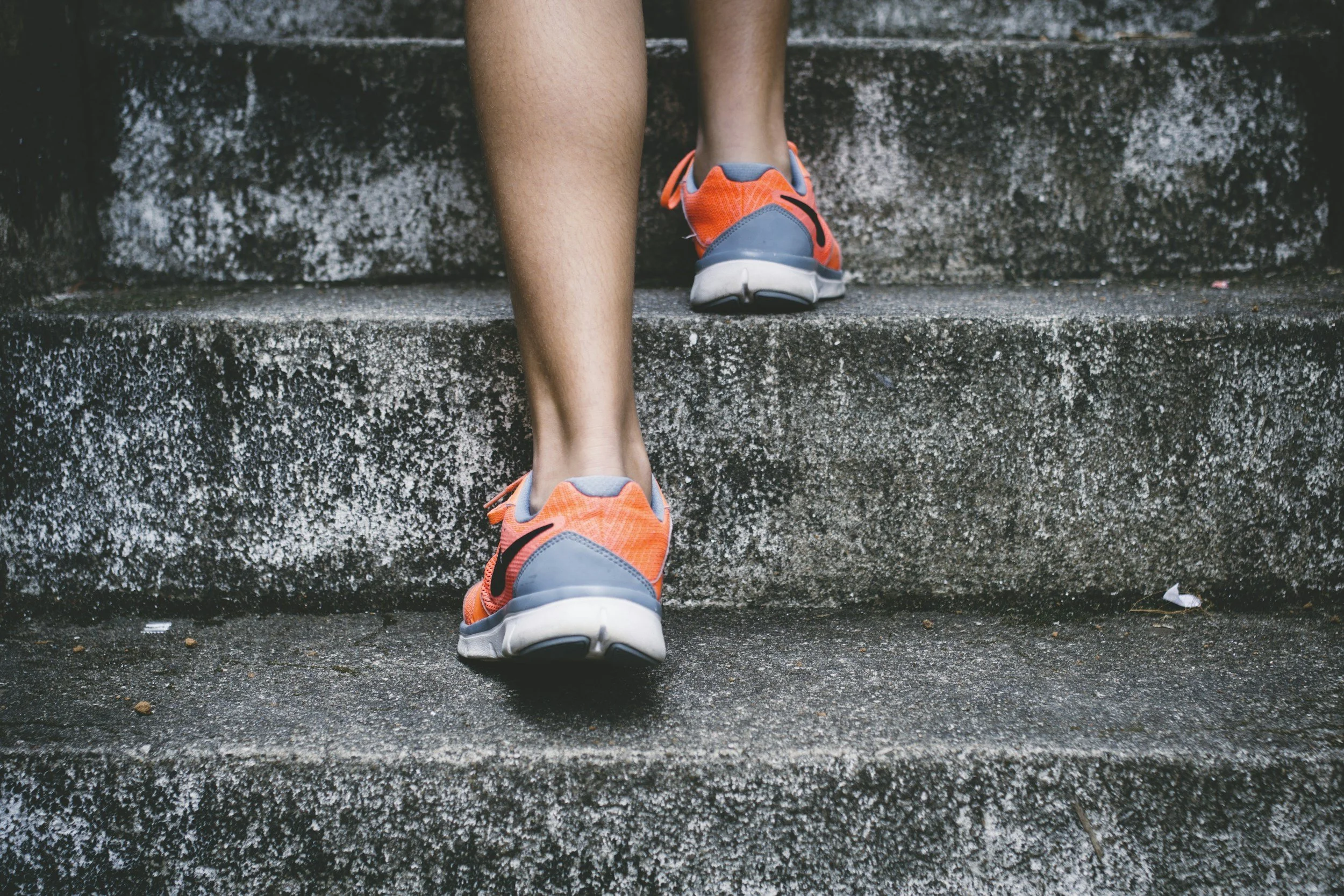Dieting and weight control strategies reflect how dissatisfied an individual is with her or his own body size and shape. Besides being associated with the onset of eating disorders, these behaviors alone can be dangerous to one’s health.
• 42% of 1st-3rd grade girls want to be thinner (Collins, 1991).
• In elementary school fewer than 25% of girls diet regularly. Yet those who do know what dieting involves and can talk about calorie restriction and food choices for weight loss fairly effectively (Smolak, 2011; Wertheim et al., 2009).
• 81% of 10 year olds are afraid of being fat (Mellin et al., 1991).
• 46% of 9-11 year-olds are “sometimes” or “very often” on diets, and 82% of their families are “sometimes” or “very often” on diets (Gustafson-Larson & Terry, 1992).
• Over one-half of teenage girls and nearly one-third of teenage boys use unhealthy weight control behaviors such as skipping meals, fasting, smoking cigarettes, vomiting, and taking laxatives (Neumark-Sztainer, 2005).
• 35-57% of adolescent girls engage in crash dieting, fasting, self-induced vomiting, diet pills, or laxatives. Overweight girls are more likely than normal weight girls to engage in such extreme dieting (Boutelle, Neumark-Sztainer, Story, &Resnick, 2002; Neumark-Sztainer&Hannan, 2001; Wertheim et al., 2009).
• Even among clearly non-overweight girls, over 1/3 report dieting (Wertheim et al., 2009).
• Girls who diet frequently are 12 times as likely to binge as girls who don’t diet (Neumark-Sztainer, 2005).
• The average American woman is 5’4” tall and weighs 165 pounds. The average Miss America winner is 5’7” and weighs 121 pounds (Martin, 2010).
• The average BMI of Miss America winners has decreased from around 22 in the 1920s to 16.9 in the 2000s. The World Health Organization classifies a normal BMI as falling between 18.5 and 24.9 (Martin, 2010).
• 95% of all dieters will regain their lost weight in 1-5 years (Grodstein, Levine, Spencer, Colditz, &Stampfer, 1996; Neumark-Sztainer, Haines, Wall, & Eisenberg, 2007).
• 35% of “normal dieters” progress to pathological dieting. Of those, 20-25% progress to partial or full-syndrome eating disorders (Shisslak, Crago, & Estes, 1995).
• Of American, elementary school girls who read magazines, 69% say that the pictures influence their concept of the ideal body shape. 47% say the pictures make them want to lose weight (Martin, 2010).






Dallas Nutritional Counseling’s family nutrition division, Feed Yourself & Your Family, is excited to announce registration is now open for our Parent Picky Eating Workshop.